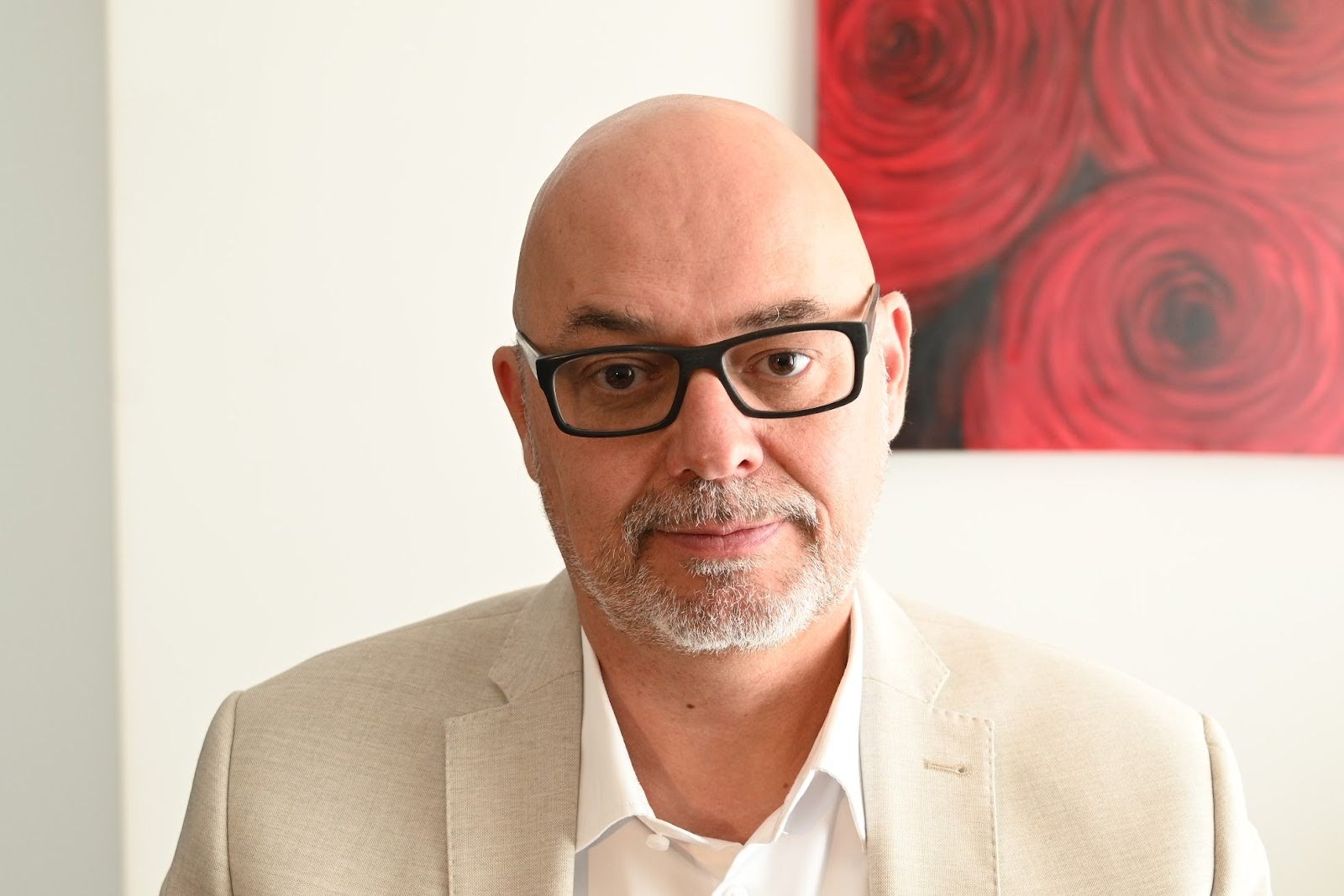Event data-based radio advertising: "The advertising message becomes much more relevant"
Event data-based radio commercials are specifically geared towards certain events or situations. This type of radio advertising uses, for example, the weather conditions, the current pollen count in the air or the number of flu cases to convey relevant advertising messages in line with the temporal, situational and geographical context of the listener.
They therefore offer an attractive opportunity to respond specifically to current conditions and adapt the advertising message to make it more relevant and appealing to the audience.
Planning and technology
Thanks to a specially designed technical setup, the days and hours in which the respective spots are broadcast can be defined, provided the right situation (e.g. certain temperatures) prevails. These time slots are booked with neutral filler spots for all radio stations concerned. The signal for effective broadcasting is provided by an external data source such as the Meteomatics weather API. If it is broadcast, the filler spot is automatically replaced by the appropriate spot.
Coop customer case: barbecue and cheese weather campaigns
The retailer Coop has been using event data-based commercials for years. This year, Coop is once again using this technology as part of its well-known national barbecue and cheese weather campaigns. Different spot variants are used to advertise the barbecue range or fondue or raclette, depending on the weather conditions in summer or fall.
TWMedia accompanies these campaigns as Coop's lead agency. We asked agency owner Stephan Küng what significance radio spots have in the retailer's media mix and why Coop repeatedly relies on this variant of advertising playout.

Mr. Küng, everyone knows the memorable Coop TV campaigns that you and your team manage. How important is radio in your media mix?
Radio impresses us with its very high reach and the corresponding positive, activating effect. Depending on the campaign objective, we use radio accordingly.
You have been using event data-based radio spots with your client Coop for years. Why did you opt for this form of advertising back then?
In the case of our cheese weather campaign, the new technical possibility allowed us for the first time to broadcast radio advertising specifically when the weather was literally prompting people to consume cheese. It was clear to us from the outset that we wanted to use this event data-based advertising targeting. When the sun is shining and it's 18°C - which it is now every now and then in October - very few people feel like having a fondue or something similar. This allows us to use advertising budgets in a targeted manner when the need is really there. We enrich our rather static media mix with these dynamic components.
Where do you see differences to "normal" radio campaigns?
In contrast to normal radio campaigns, where many people are activated within a rather short period of time, the thinking behind this form of advertising is different. You define a budget for a longer period and set a time slot during the day in which the spots are broadcast, provided the conditions are right. Accordingly, the spots are broadcast at the right time and in the right place. This makes the advertising message much more relevant.
And how would you rate the success of event data-based radio campaigns?
Of course, measurability is always an issue. Especially when it comes to a large campaign with different media. However, we are convinced that the use of event data-based radio campaigns significantly increases the pressure and effectiveness of an existing media mix.
Do you see any disadvantages to this dynamic spot delivery?
Frankly, no. The mechanism is simply efficient, as the spot is only played when it suits the situation and the advertising makes particular sense at that moment. This strategy also works for other products, such as garden furniture in good weather in spring or nasal spray when pollen is flying. For an everyday product, such as Nutella, this consideration is probably less important.
Thank you very much for the interview.